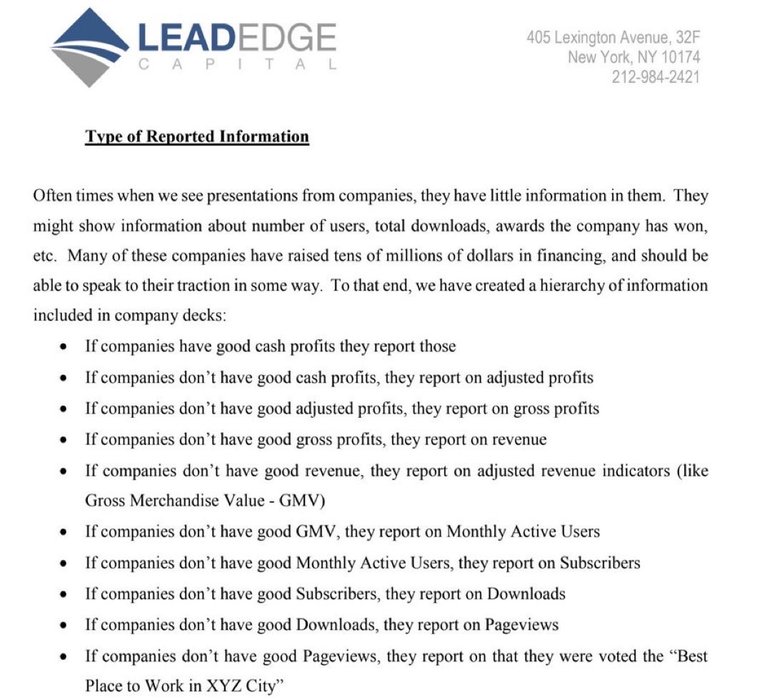
This remains one of my favorite investor notes of all time. Thanks @LeadEdgeCapital. https://t.co/wAt5tJAlZV
I'm seeing more founders put together "investment memos" as fundraising material. It's a good idea.
But too many of them read like book report summaries.
Founders if you are going to write a memo, make sure it reads like a thesis:
1) How you developed your... See more
Mercedes Bentx.comStartup CEOs: when framing your competition to investors, recognize that in investors’ eyes, is a hierarchy of competition, from most worrisome to least.
(1) Venture funded startup competitors: investors are extremely worried when there are other venture funded startups trying to solve the same problem for the same... See more
Gokul Rajaramx.com